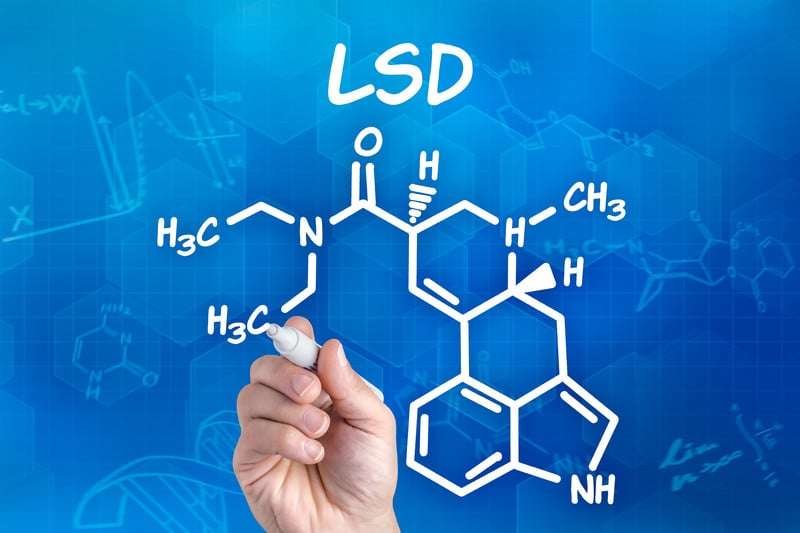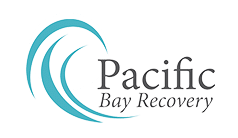
Lysergic acid diethylamide (LSD) is sold on the street under names such as Blotter, Dots, Trips, and acid. The designs on the blotter paper also influence the name, such as Purple Dragon. LSD is an odorless, colorless, bitter-tasting synthetic drug that has been around since the 1930s. It is a potent hallucinogen and is manufactured from lysergic acid found in ergot (a fungus) on rye and grains. LSD is diluted as a liquid for oral use or produced in a crystalline form that is mixed with excipients.
The National Survey on Drug Use and Health (NHSDA) in 2010 estimated that more than 6 percent of surveyed adults ages 18 to 25 used LSD at some point in their lives. This number was down significantly from 16 percent in 2002, however. For youth, the rate of LSD use during the last month is less than 1 percent.
LSD Uses and Effects
LSD is usually taken as a recreational drug, entheogen, or psychedelic therapy. It has been used by psychiatrists who value the therapeutic effects in the treatment of cluster headaches, alcoholism, to enhance creativity, and for spiritual purposes. Also, LSD can help a patient to “unblock” subconscious repressed memories, leading to benefits in psychotherapy.
LSD effects are unpredictable, and use is considered to be an experience or “trip.” When it’s not pleasant, it’s considered a “bad trip,” versus a “good trip” when all goes well. These “trips” can last for up to 12 hours, and the first effects of the drug are experienced approximately 30 to 60 minutes once it is used.
The user will have varying emotions, mood swings, extreme changes in mood, impaired depth and time perceptions, and distorted perception regarding movements, shapes, colors, sound, body image, and touch. If taken for an extended period of time, the drug produces hallucinations and delusions. LSD causes physical changes also, such as high body temperature, dilated pupils, sweating, nausea, increased blood sugar, elevated heart rate, high blood pressure, dry mouth, tremors, and sleeplessness.
LSD Health Hazards
LSD use makes a person lose the ability to make sound judgments and view danger. After using LSD, a person suffers from depression and/or anxiety, and may also experience flashbacks, which are re-experiences of the “trip days or months after consuming the last dose. If a flashback suddenly occurs, it is often without warning, and the hallucinogens are more common in a chronic LSD user or those with an underlying personality disorder. Healthy individuals who occasionally use LSD also have flashbacks and bad trips. In addition, LSD produces tolerance, and users need to take larger and larger amounts to achieve a state of intoxication. This, however, is a dangerous way to use LSD, as it is an unpredictable drug.
LSD is not seriously addictive, as it does not lead to compulsive drug-seeking behavior. Addiction to hallucinogens is quite a rate but does occur. Because LSD produces tolerance, some users report that they need to take higher doses each time. Also, LSD is illegal, and possessing it leads to disciplinary consequences, fines, and heavy prison. To learn more about the timeline of how long it takes to get sober and about our Pacific Bay Recovery treatment programs, please reach out today at (866) 862-2960.

